The Great Upgrade:
Why Self - Storage Facilities Switch to Keyless Smart Locks
In the quiet corridors of the self – storage sector, a technological shift is steadily gaining traction.
As consumers grow more accustomed to seamless digital experiences, from smart homes to contactless services, self – storage operators are re – evaluating the old paradigm of old fashioned padlocks and keychains. At the heart of this transition lies the adoption of keyless smart locks, a technology once considered optional, now increasingly regarded as essential infrastructure.
The broader trends are clear: users want autonomy, and operators want efficiency. In this feature, we explore why smart lock systems are becoming a foundational upgrade for the next generation of self – storage, and where emerging solutions like LockFinity fit within that evolving landscape.
An Era of Instant Access
Across industries, user expectations have tilted toward immediacy. In self – storage, that translates into secure, 24/7 access – without staff intervention or analog workarounds. According to recent data, 87% of tenants prefer smart locks to traditional alternatives. This signals a growing demand for flexibility, user control, and remote accessibility.
For tenants, the benefits are clear: tap and go entry via mobile apps or PIN codes, shareable digital access for family or movers, and the ability to manage their units without waiting for on – site personnel. For operators, the implications are even more strategic: less staffing pressure, fewer customer support tickets, and increased customer satisfaction metrics.
How Keyless Smart Locks Actually Work
Unlike mechanical locks, smart locks use encrypted protocols, typically via mobile applications, secure keypad input, or NFC technology, to grant or restrict access. Integrated into a central management dashboard, these systems provide real – time data on unit status, usage patterns, and audit logs.
Most keyless locks used in the self – storage sector are equipped with physical keypads, offering tenants a familiar and reliable way to gain access in addition to mobile options. LockFinity follows this standard with a dual-access model, mobile and keypad, that supports both iOS and Android devices. What sets LockFinity apart is its seamless installation: the lock is designed to mount directly onto existing doors without requiring modifications. This ensures a quick, low – disruption upgrade path for facility operators. Combined with cloud – based monitoring and remote configuration, LockFinity provides full administrative control across distributed sites while minimizing installation time and cost.
The ROI of Going Keyless
Though the move toward smart locks is often seen through a user – experience lens, its value proposition extends deeply into operational economics.
Revenue Potential
Facilities adopting keyless lock systems report 5 -10% higher rents for units equipped with keyless access. A case study from a cooperative operator showed a 71% increase in revenue, attributed largely to the ability to upsell convenience, automation, and digital features.
Smart locks also introduce optional monetized features: timed guest access, after – hours entry pricing, and subscription – based notifications.
Operational Efficiency
Every manual process, cutting locks, processing overdue payments, performing routine checks, adds friction and cost. Smart locks reduce this overhead by automating overlock procedures, minimizing the need for on – site staff, and decreasing hardware maintenance thanks to long – life batteries (7–10 years in LockFinity’s case).
Enhanced Security
Digital systems deliver audit trails, alert protocols, and open unit detection. If a tenant leaves their unit unlocked or a breach is attempted, the system knows – and so does the operator.
Why the Smart Lock Market Is Heating Up
Once viewed as a stable but relatively low – tech asset class, the self – storage industry has evolved into a high – growth segment within commercial real estate. Fueled by changing consumer behavior and investor interest, it’s becoming a focal point for proptech innovation and automation.
It has matured into a dynamic, data – rich sector drawing significant investor attention. Valued at over $50 billion in the U.S. alone, the market is expected to grow to $67 billion by 2030, expanding at a compound annual growth rate (CAGR) of 5.3% (GlobeNewswire).
On the technology side, the U.S. smart lock market is accelerating in parallel. Valued at $999 million in 2023, it is forecast to more than double to $2.33 billion by 2029, growing at a CAGR of 15.16%. The strongest momentum is seen in Bluetooth and Wi-Fi enabled models, with adoption increasing particularly in sectors requiring flexible, remotely manageable access points.
Commercial applications – including self – storage, hospitality, and multi – unit residential, are among the top drivers of this growth. This surge reflects a broader shift toward automation across property technology (proptech), with smart locks serving as a key enabler for contactless operations, remote monitoring, and tenant self – service experiences.
Consumer demand is also evolving. Surveys indicate that more than 80% of millennial renters value digital or app-based access to facilities, with over 60% saying they would choose a facility based on its technology offerings. These preferences are reshaping what tenants expect – and what operators must deliver. 10 Federal, a leading self – storage operator, is allocating $100 million to convert more than 20 of its properties into unmanned, fully automated sites. Their model leverages smart locks, cloud-based management, and remote access control to deliver scalable, lean operations (10fed.com). Combined, these market signals suggest a convergence of consumer behavior, real estate economics, and proptech innovation – making keyless access control not just a feature, but a competitive necessity in the years ahead.
What Today’s keyless smart locks Offer
Modern keyless smart locks bring much more than just digital entry – they offer an ecosystem of features designed to enhance both the tenant experience and operational control. These systems typically include real – time alerts, remote access management, and automated overlock capabilities, reducing manual intervention and improving security.
Features such as open-unit detection, access tracking, and audit trails allow operators to monitor facility activity in granular detail. Tenants, on the other hand, benefit from easy key sharing, 24/7 keyless access, and mobile app integration.
Smart locks like those offered by LockFinity also integrate seamlessly with existing facility management software, including billing and customer systems, ensuring end-to-end visibility.
Designed for durability, many models, such as LockFinity, are weather – resistant (IP65 rated) and built for long – term performance with replaceable batteries lasting 7- 10 years. With compatibility across iOS and Android and flexible access via both mobile app and keypad, these systems provide adaptable, future-ready infrastructure.
LockFinity:
Built for Seamless Integration and Maximum Control
Designed specifically for modern self – storage operations, LockFinity delivers advanced access control without the complexity of traditional retrofits. Its hardware mounts directly onto existing unit doors, no structural changes, no downtime. This makes LockFinity ideal for rapid facility upgrades and scalable deployments.
Advanced LoRaWAN communication protocols ensure seamless operation across large – scale storage facilities, even those without Wi-Fi infrastructure. Seamless integration with existing billing and customer management platforms allows operators to manage access with ease while maintaining full operational visibility.
Platform Features
- Dual – access (mobile + keypad)
- IP65 – rated: fully dustproof and resistant to rain and water jets
- Remote access managment
- Full audit trail with real-time notifications
- Long battery life – up to 10 years


